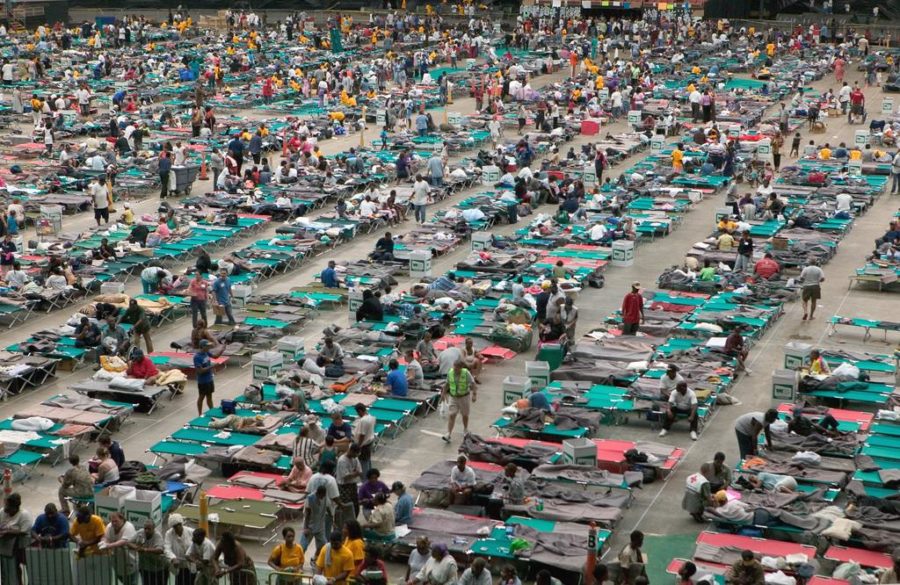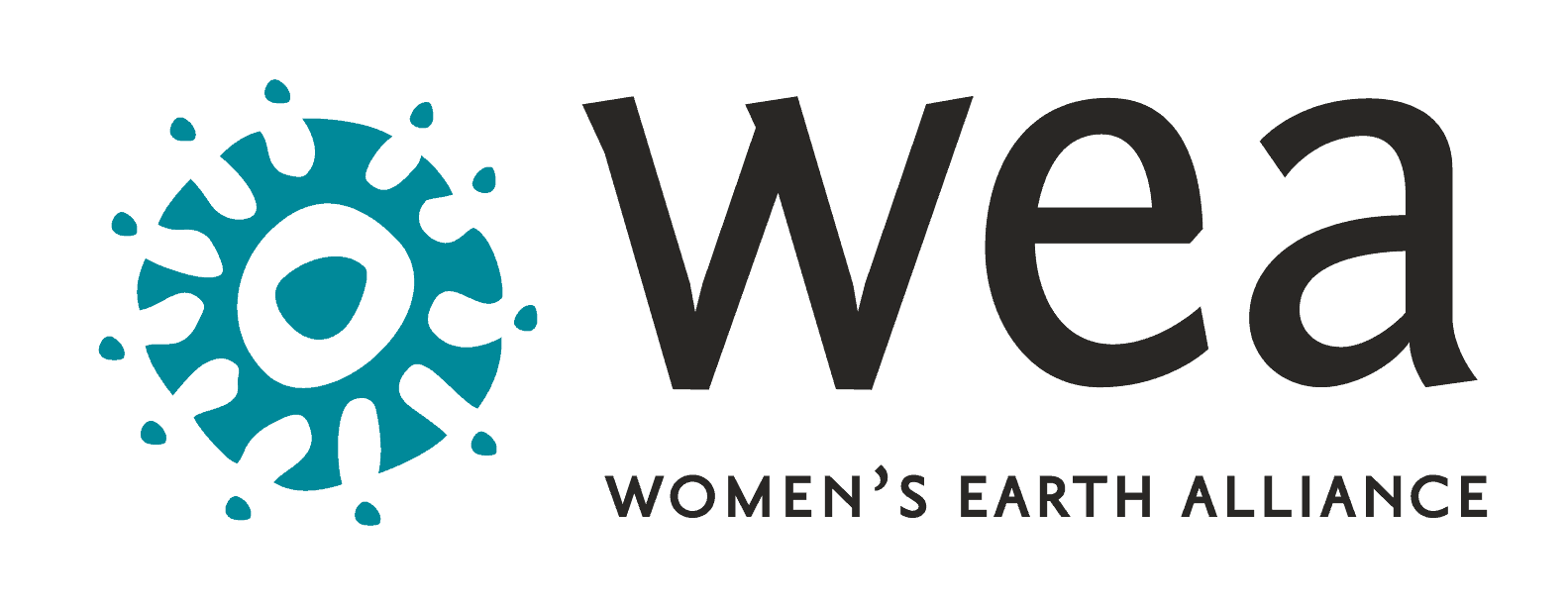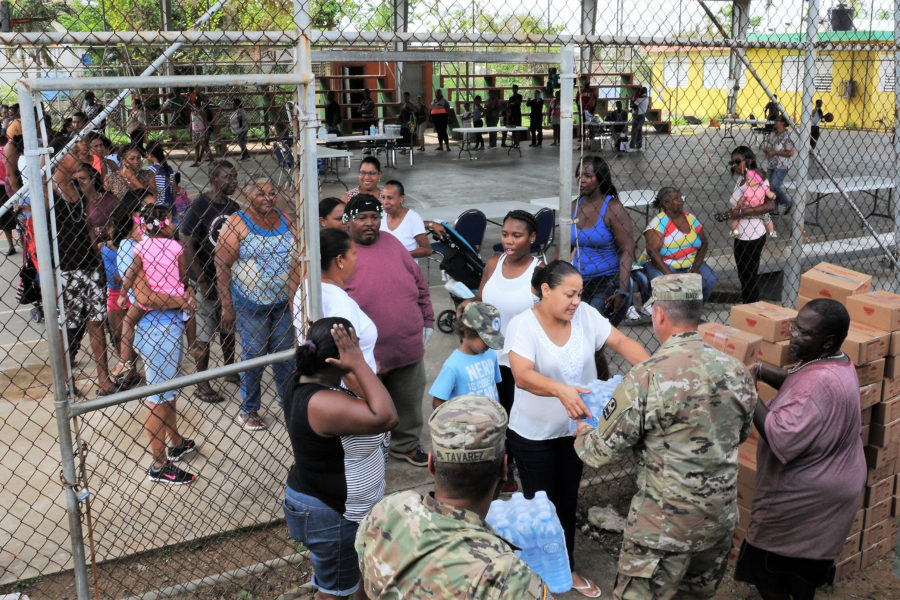Puerto Rico and Gendered Natural Disaster Resilience
In September 2017, Hurricanes Irma and Maria devastated Puerto Rico and wiped out much of the island’s infrastructure. Hurricane Irma touched down on the island first, and left approximately 1 million residents out of the island’s 3.4 million without power. Two weeks later, Hurricane Maria, a Category 4 Hurricane, left more than 60% of the island without water and almost all without electricity. It was the worst hurricane to have ever hit Puerto Rico.
The hurricanes severely damaged the island’s power grid, and nine months later, Puerto Rico’s residents are still frustrated by the lack of power and stability available. Although electricity has at long last been restored to a majority of neighborhoods, many are still struck by random power outages which, at times, lasts for hours. This instability has kept residents in a state of perpetual limbo, uncertain when they’ll be able to return to anything resembling normal.
As Puerto Rico continues to grapple with the catastrophic scale of destruction on the island, it is crucial that we lift up those who are most often disproportionately impacted by natural disasters. While natural disasters affect all in its wake, research has shown that women and girls are at greater risk in post-disaster regions. Using data from more than 140 countries, the United Nations Development Program recognized the complex relationship between gender equality and natural disaster resilience, finding that natural disasters lower women’s life expectancy more so than for men – 14 times more. Many times, this is because women traditionally serve as primary caregivers in families and are often tasked with caring for (and therefore ensuring the safety of) children and the elderly.
Even in the aftermath of natural disasters, women remain at risk, often experiencing high levels of violence as a result of cramped and overcrowded shelters. Furthermore, UNDP found that women are more susceptible to sexual and domestic violence following disasters when possible perpetrators’ feelings of helplessness and loss of control are heightened. Prior to Hurricanes Maria and Irma in September, women in Puerto Rico already experienced high rates of violence as well as higher rates of poverty among women. These are often compounding factors; in post-Hurricane Katrina Louisiana, for example, many of those who faced the most violence were also those who experienced the deepest poverty – African American women and children.

As climate change-induced natural disasters increase, we will undoubtedly be faced with more hurricanes, typhoons, earthquakes, flooding and brush fires. It is critical that we center the needs of women and girls, both in disaster prevention and relief efforts. While women’s vulnerability post-disaster is great, so too is their strength and leadership to connect, support, and rebuild communities.
![]()
Here are just a few local organizations in Puerto Rico working to rebuild their communities:
- Colectiva Feminista en Construcción
- Coordinadora Paz para la Mujer
- MedShare
- Casa Pueblo
- Unidos por Puerto Rico
- Operation Agua


